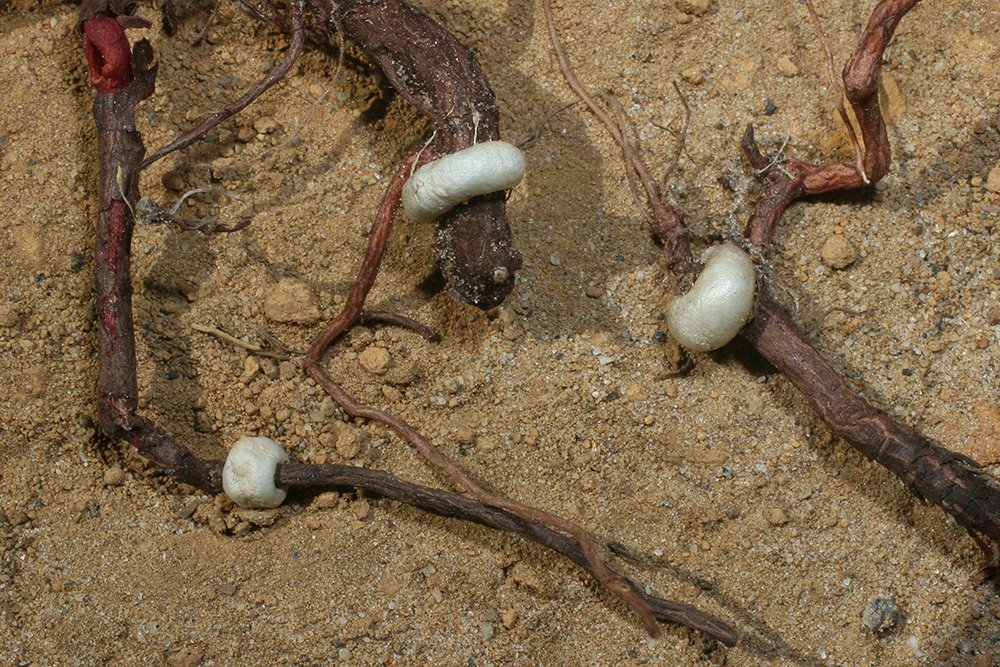Australia’s giant parasitic Christmas tree

AUSTRALIA HAS A PARASITE believed to be the largest in the world, a tree whose greedy roots stab victims up to 110m away. The Christmas tree (Nuytsia floribunda) has blades for slicing into the roots of plants to steal their sap. The blades are sharp enough to draw blood on human lips. They cause power failures when the tree attacks buried cables by mistake. Telephone lines get cut as well.
The Christmas tree is indiscriminate, stealing juice from almost anything green – grasses, sedges, carrots, weeds, vines, shrubs, eucalypts. It sometimes attacks its own roots by mistake, and fallen twigs as well. When one of its roots meet another root it forms a collar of tissue around it, like a swollen wedding ring, and a hydraulically operated blade forms inside that. Each tree attaches to hordes of victims.
The Christmas tree is an icon of the region it grows in, south-western Australia, because it blooms so dramatically in summer. The showy orange flowers have been likened to ‘a bushfire without smoke’. When heathlands are destroyed to create pastures, Christmas trees are often left standing because of their beauty, and they carry on by feeding off grass.

Nuytsia floribunda has blades for slicing into the roots of other plants. The white ring formed around another root (pictured) is called a haustoria, and a blade can be found inside this. (Image: Tim Low)
This tree is very significant to the Noongar people. Around Perth it was considered sacred, a being in which the spirits of the newly dead resided. Elsewhere in the south-west it was valued for edible roots and for edible gum oozing from the trunk. I have sampled the cooked roots and found them pleasantly starchy.
The Christmas tree is a member of the southern mistletoe family (Loranthaceae), standing apart from most mistletoes by growing as a tree rather than a shrub attached to trees. It belongs to the oldest lineage in its family, from a time before most mistletoes had become aerial parasites.
Australia is well endowed with trees and shrubs that steal from other plants through their roots. The best known include desert quandong (Santalum acuminatum), Australian sandalwood (S. spicatum) and native cherry (Exocarpos cupressiformes). Technically speaking, these plants, along with mistletoes, are called hemiparasites, because they photosynthesise for themselves rather than stealing everything they need from their hosts.
READ MORE:




